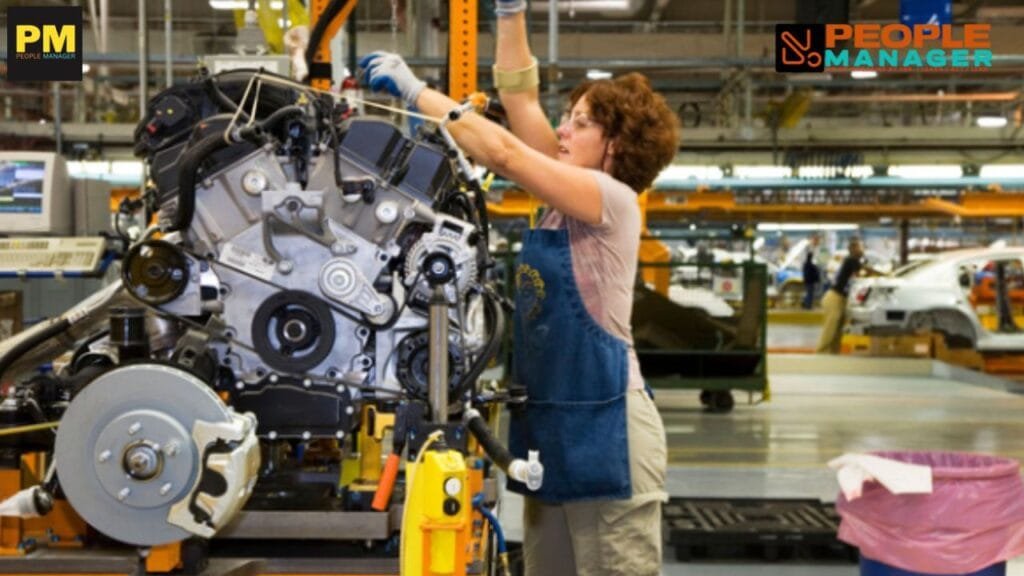Engage Women on Assembly line, a boon for auto industry: Study
Two main causes are causing an increase in the number of engage women working on traditionally male-dominated shop floors: developments in technology and aggressive measures taken by manufacturers.

Women workers are making substantial progress on shop floors and in historically male-dominated professions at automakers, driven by the deployment of new technologies in manufacturing processes that need precision handling.
The rise in female representation is due to both technological advancements and deliberate efforts by automakers to increase the number of women employed, particularly in factories that are adopting automation and incorporating new technologies such as robotics, electric systems, and electronics.
Across its manufacturing sites, Tata Motors, a prominent player in the sector, employs over 6,500 female shop floor technicians to produce electric cars, SUVs, and big commercial vehicles. Interestingly, a 3,000-person all-female staff at the Pune plant runs the production lines for the company’s flagship SUVs, the Harrier and Safari.
Furthermore, the organization employs more than 3,700 female shop floor technicians who assist in the construction of commercial vehicles at several sites.
Hero MotoCorp has also made progress in promoting female workforce inclusion. Currently, 3,500 women work on the company’s shop floors, and at its plants in Tirupati, Haridwar, and Neemrana, Rajasthan, women are in charge of the assembly lines. By 2030, the corporation wants to have 30% more women working there. To this end, it will have implemented aggressive recruitment campaigns, educational initiatives, mentorship programs, and networking events.
Parallel to these efforts, MG Motor India estimates that 34 percent of the 3,001 employees at its manufacturing facility in Halol, Gujarat, are women. These advancements demonstrate the shifting dynamics in the automobile industry and show a marked rise in the representation of women.
Companies are providing a variety of incentives, like gender-neutral parental leave, secure transportation, and medical coverage for in vitro fertilization, in an effort to attract and retain female employees.
Hero MotoCorp has introduced childcare facilities and a buddy system for moms who are returning to work, and Mercedes-Benz India makes sure that personal areas are assigned and holds monthly catch-ups to discuss issues and get input for enhancements.
In order to further improve the total participation rate of women in the workforce, automotive companies hope to attain a more equal gender representation of 30 to 50 percent of female workers on their shop floors in the near future.
The female labour force participation rate (FlFPR) rose to 37 percent in October 2023, a noteworthy 4.2 percentage point rise. Around the same time, Deloitte released its Blue Collar Workforce Trends Report 2023, which showed that 8% of women were employed in blue-collar jobs, a significant increase from the 2% reported two decades prior. According to the survey, the sectors with the highest gender diversity ratios include the biological sciences, automotive, and engineering design.
High levels of automation, the need for highly qualified personnel, premium compensation, and a discernible mental shift inside these businesses are all blamed for this change.
Read more HR news like this on PropleManager.co.in
Value our content… contribute towards our growth. Even a small contribution per month would be of great help to us. Since our establishment, we have been serving the industry through daily news and updates.
Our content is free for all, and we plan to keep it that way
Support the People Manager. Pay Here









